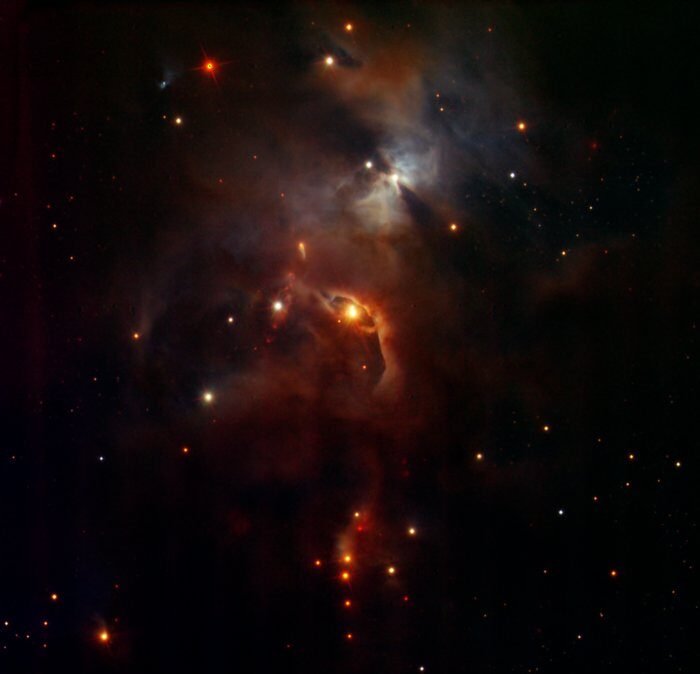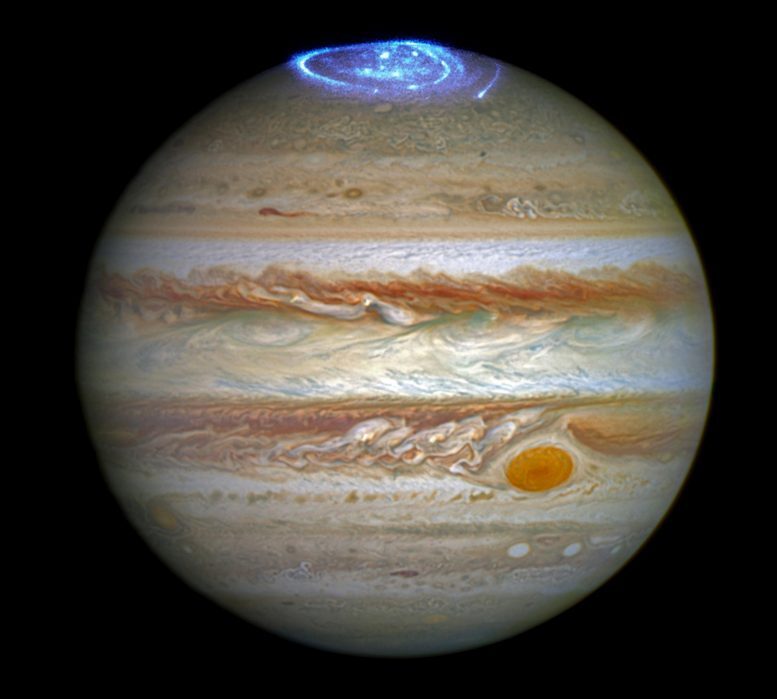Hong Kong is furthering tightening quarantine rules for Cathay Pacific flight crews,
including making cargo pilots wear electronic tracking devices.
© Boeing
Hong Kong authorities continue to squeeze Cathay Pacific with new quarantine rules targeting cargo pilots and crews operating the airline's few remaining passenger flights. In a staff memo, one senior Cathay Pacific executive calls the new rules "some of the most stringent requirements yet."
The new quarantine rules, which
Bloomberg first reported, came into effect on Wednesday.
The rules apply to all airlines flying into Hong Kong. However, as very few airlines other than Cathay Pacific do, the toughened regime primarily impacts the already besieged airline.
Under the new rules, cargo pilots who've returned home to Hong Kong will need to wear electronic bracelets for three days so authorities can track their movements. Unlike passenger plane crews, cargo crews have been allowed to quarantine at home, leading to all sorts of problems, including a scandal where
Cathay Pacific was designating empty passenger planes as cargo planes so the crews could bypass the hotel quarantine process.
Crew returning on passenger flights, empty or otherwise, will now need to undergo 14 days of hotel quarantine where previously seven days sufficed for crews coming off most passenger flights. Adding complexity for the airline is another new rule that bans using a mix of local and overseas-based crew on the same flights. Now passenger aircraft crew can only fly together if they go into quarantine afterward together - for two weeks.

